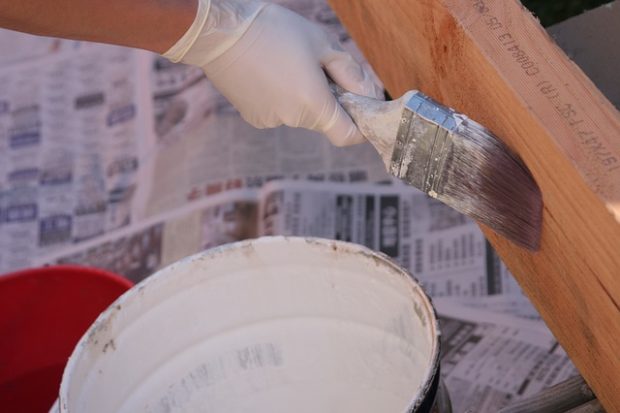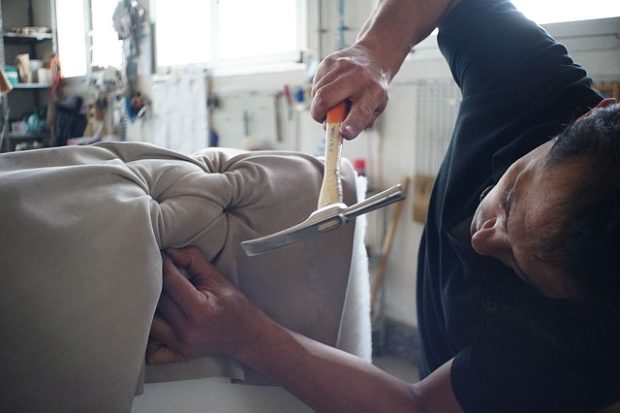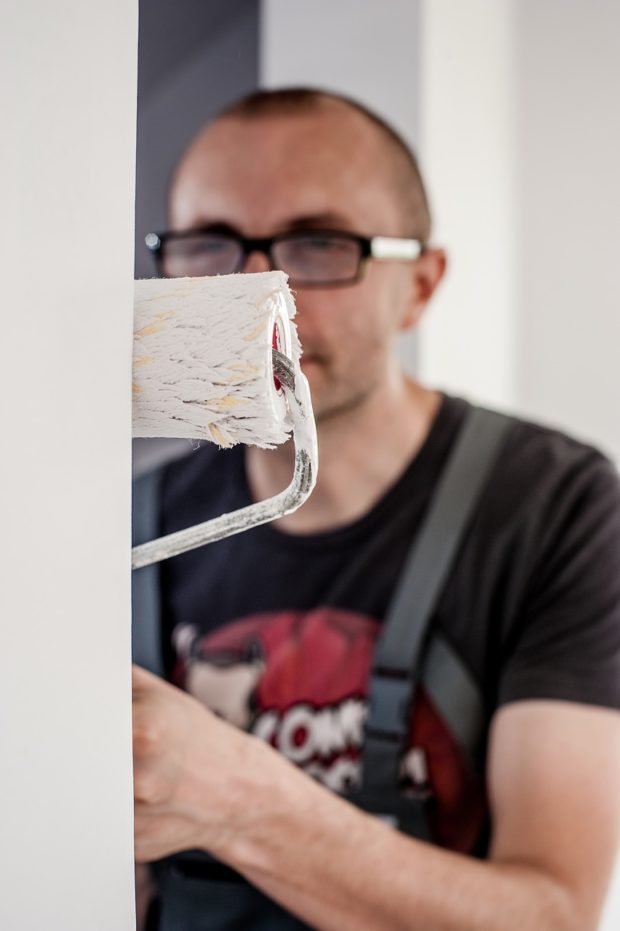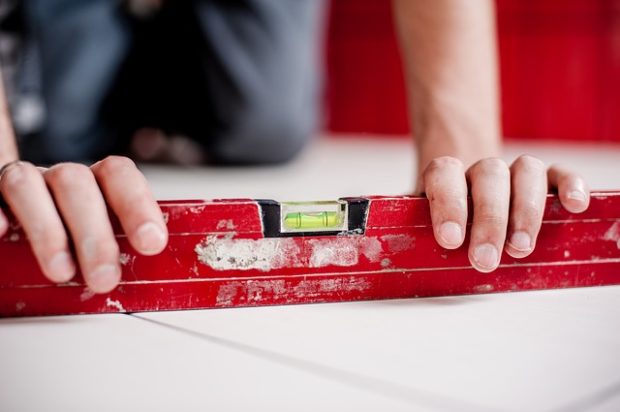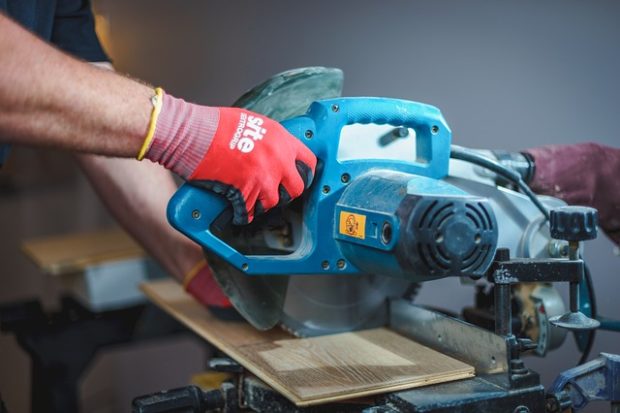If you’ve just moved into a doer-upper, or you’re planning to sell your home and it’s in need of a re-vamp, then you’ll probably find that your dreams outstrip your funds. Somehow, you have to close this gap by making your dreams a little less fanciful and your money go a bit further.
Set a budget
Home improvements are exciting; they’re sometimes like getting a new home altogether! It’s so easy to rush headlong into ordering this, knocking down that and throwing out the other that you only realise you’ve messed up when you’ve run out of funds and there’s half a bathroom missing!
This is why you set a budget. A good budget is like a speed limit – you don’t go over it but you don’t have to reach it, either. It’s your safety zone and to stay within it you must work out how much you can afford and what you can do with these funds.
For smaller projects you might be able to use savings or an annual bonus, but for bigger renovations you might need a home improvement loan or to release some equity from your property. Whatever route you take, using a budget calculator is essential so you have a guideline.
Work out what you need to do
Planning is essential because although it takes up time initially, it helps you to plan ahead. If you’re ripping up floorboards in the first week of your project and you’re going to use them elsewhere, have you got somewhere dry and cool to keep them so they don’t warp? What are your aims? Do you want to do a quick refresh to help you sell? Do you need to replace the entire heating system? If it’s the latter, would summer be the best time so you don’t have to use expensive old electric heaters?
You also need to think about what you can do yourself
Many people bring in professionals to do most of the work, especially any work that needs a licence, but they chip in with painting, sanding and even shifting rubble. This brings the costs down, but it may involve time off work or foregoing a holiday. How much can you do and how willing are you?
Compare all your costs
You need a spreadsheet here! You should list all the equipment and materials you’ll need, as well as the different prices associated with them. If you already have some tools or materials, make sure they’re factored in as well. This will help you when you’re gathering quotes.
Quotes are essential and you need at least three to get a good spread. Alongside the quotes you also need reviews – online and from your friends – to help you to narrow your choice down.
Mix up the expensive and the cheap
Some things need to be higher-end, like plumbing and gas pipes, but items like cupboard bodies can be mid-range as long as the doors and handles are more premium. Don’t assume that non-branded tools and fittings are lower-quality – doing your homework first could save you serious money.
Go over your budget again
You had your original budget and now you’ve done all your costings and planning, your new figure shouldn’t be too far off. If it’s lower, then great. If it’s a little bit higher, then look for ways to trim it a little or just accept the extra costs. The chances are, with bigger and longer projects, that you’ll be able to add some extra funds from your salary, as painful as it might be.

